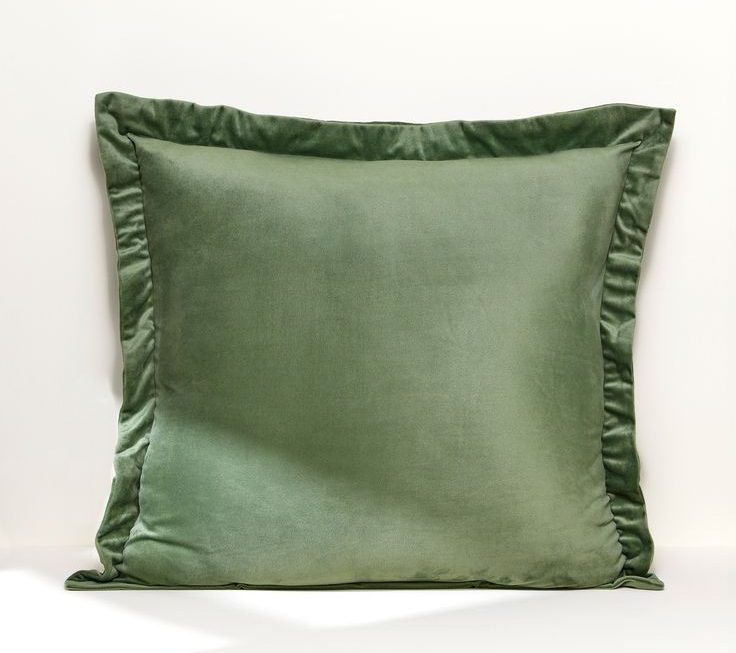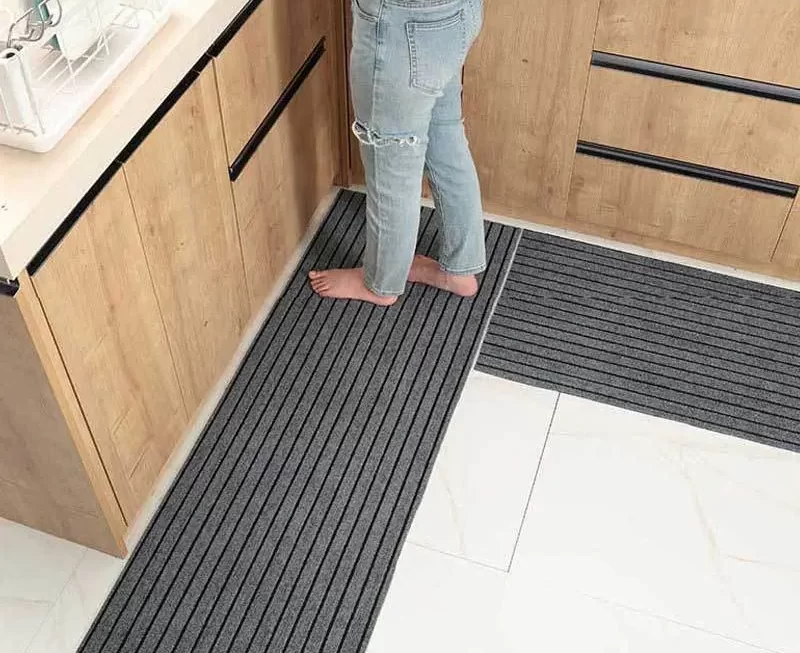Carpeting is a popular choice for flooring in homes due to its comfort, insulation properties, and style. When it comes to selecting a carpet, one of the most important choices is the thickness of the carpet fibers. Carpet thickness can have a significant impact on the performance and comfort of the carpet. In this essay, we will explore the impact of carpet thickness on your home’s flooring.

Comfort
Carpet thickness plays a vital role in the comfort of the carpet. Thick carpets with a high pile offer greater cushioning and softness underfoot, making them more comfortable to walk on than thinner carpets. Additionally, thick carpets can help absorb noise and provide insulation against cold floors, creating a more comfortable living environment. Thicker carpets are often preferred for bedrooms and living rooms, where comfort is a top priority.
Durability
Carpet thickness can also have an impact on the durability of the carpet. Thick carpets with a high pile may be more susceptible to crushing and matting over time, especially in high-traffic areas. Thinner carpets with a low pile may be more durable and less likely to show wear and tear. Additionally, thinner carpets may be easier to clean and maintain, as they are less likely to hold onto dirt and debris.
Aesthetics
Carpet thickness can also affect the aesthetic appeal of a room. Thick, plush carpets can create a luxurious and cozy look, while thinner carpets can create a sleek and modern look. When selecting a carpet thickness, it is important to consider the overall style and décor of the room to ensure that the carpet complements the space and enhances its visual appeal.
Installation
Carpet thickness can also affect the installation process. Thicker carpets may require a more substantial padding to provide support and cushioning, adding to the cost of installation. Additionally, thicker carpets may be more difficult to install in certain areas, such as stairs, where a thinner carpet may be a better choice. Thinner carpets may be easier and less expensive to install, making them a more practical choice for some homeowners.
Maintenance
Carpet thickness can also have an impact on maintenance and cleaning. Thicker carpets may be more difficult to vacuum and may require more frequent cleaning to maintain their appearance. Additionally, thicker carpets may be more difficult to spot-clean, as the fibers may be more densely packed. Thinner carpets may be easier to clean and maintain, as they are less likely to trap dirt and debris.
Cost
Carpet thickness can also affect the cost of the carpet. Thicker carpets with a high pile are generally more expensive than thinner carpets with a low pile. Additionally, thicker carpets may require a more substantial padding, adding to the overall cost of installation. When selecting a carpet, it is important to consider the budget and determine the most cost-effective option that meets the desired level of comfort and durability.
Conclusion
Carpet thickness has a significant impact on the performance and comfort of your home’s flooring. Thick carpets offer greater cushioning and insulation, providing a more comfortable living environment. However, thicker carpets may be more susceptible to wear and tear and may require more maintenance and cleaning. Thinner carpets may be more durable and less expensive, but may not offer the same level of comfort and insulation. Ultimately, the choice of carpet thickness depends on personal preference, budget, and the specific needs of the space. By understanding the impact of carpet thickness, homeowners can make an informed decision and select the best carpet for their home’s flooring.

